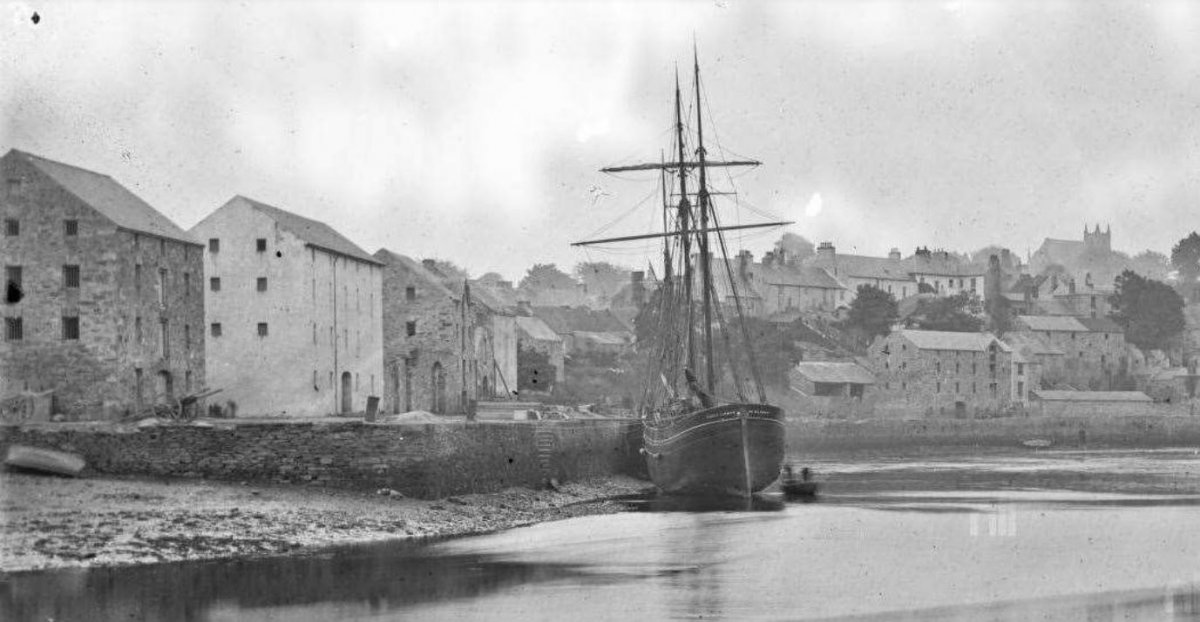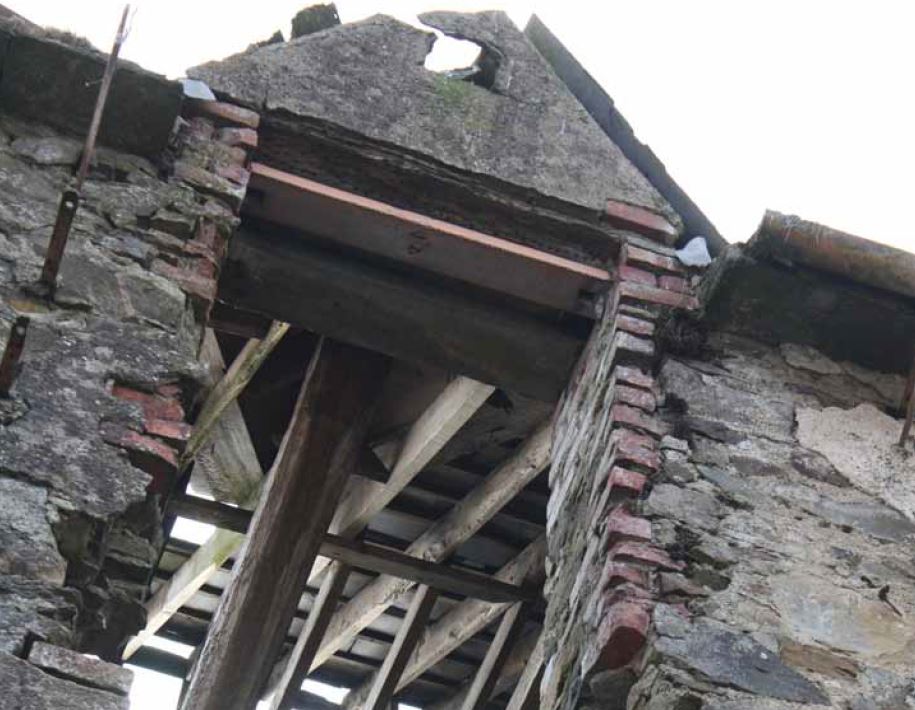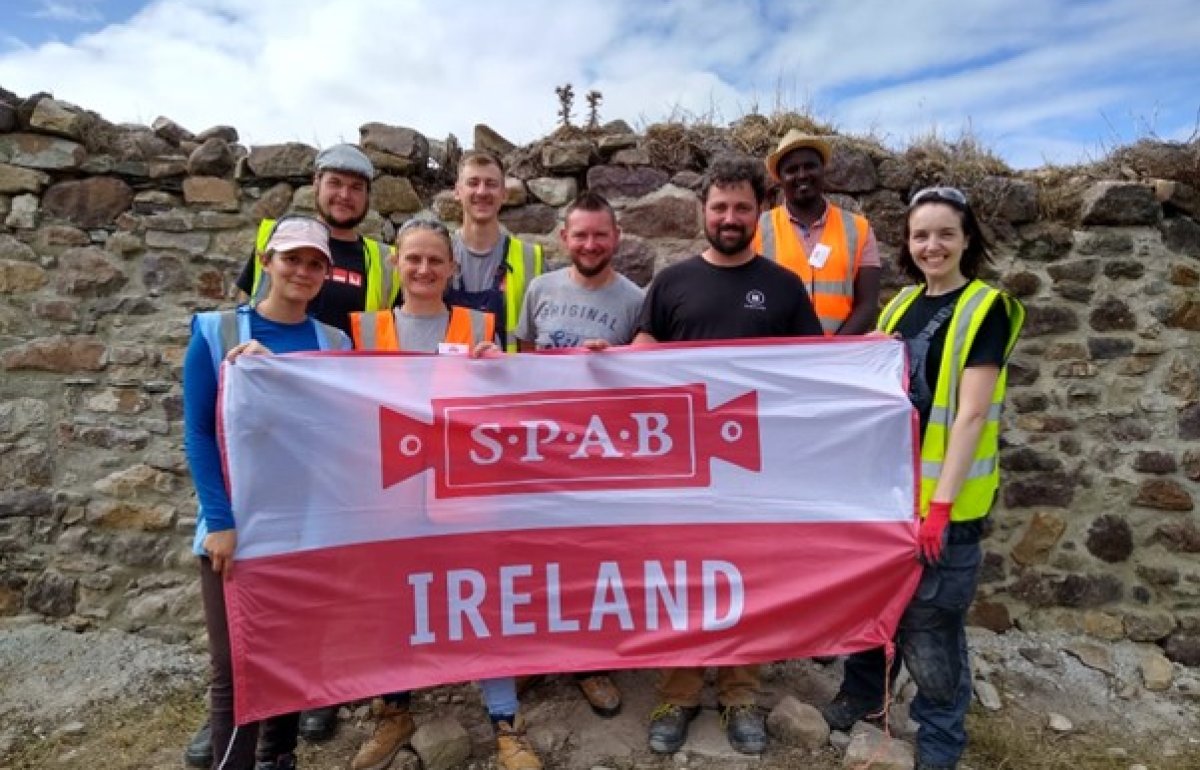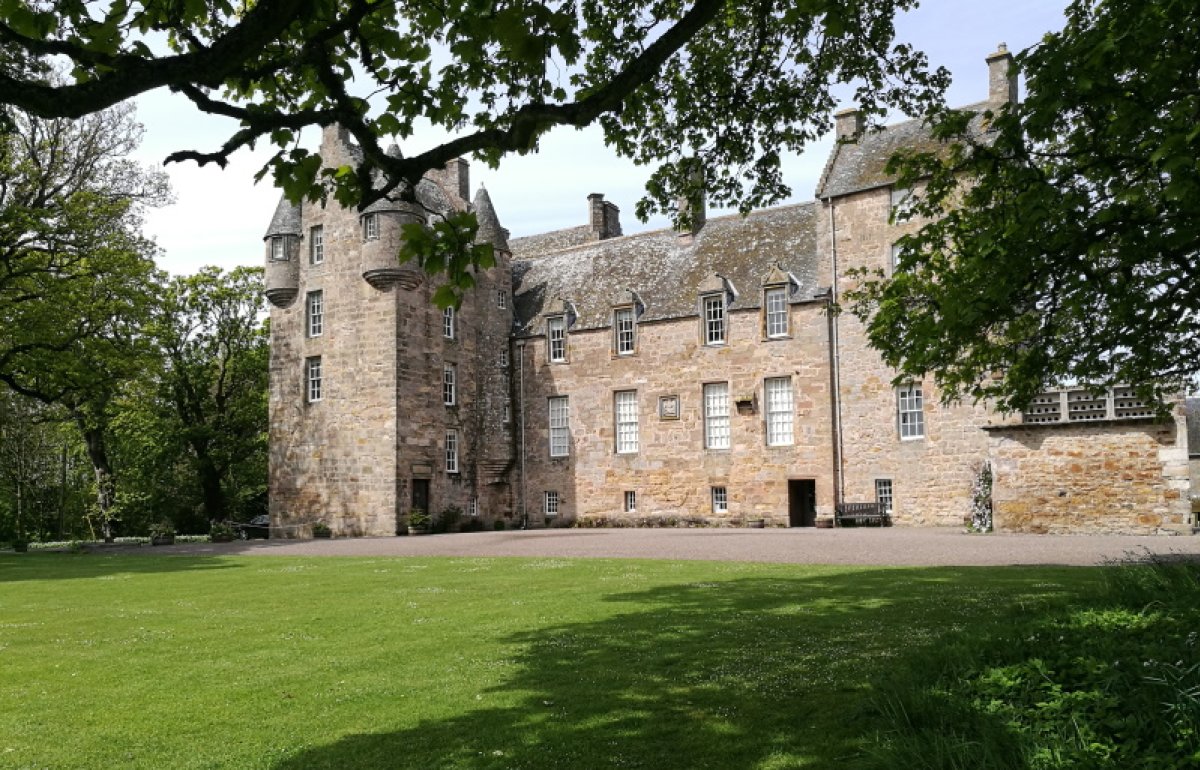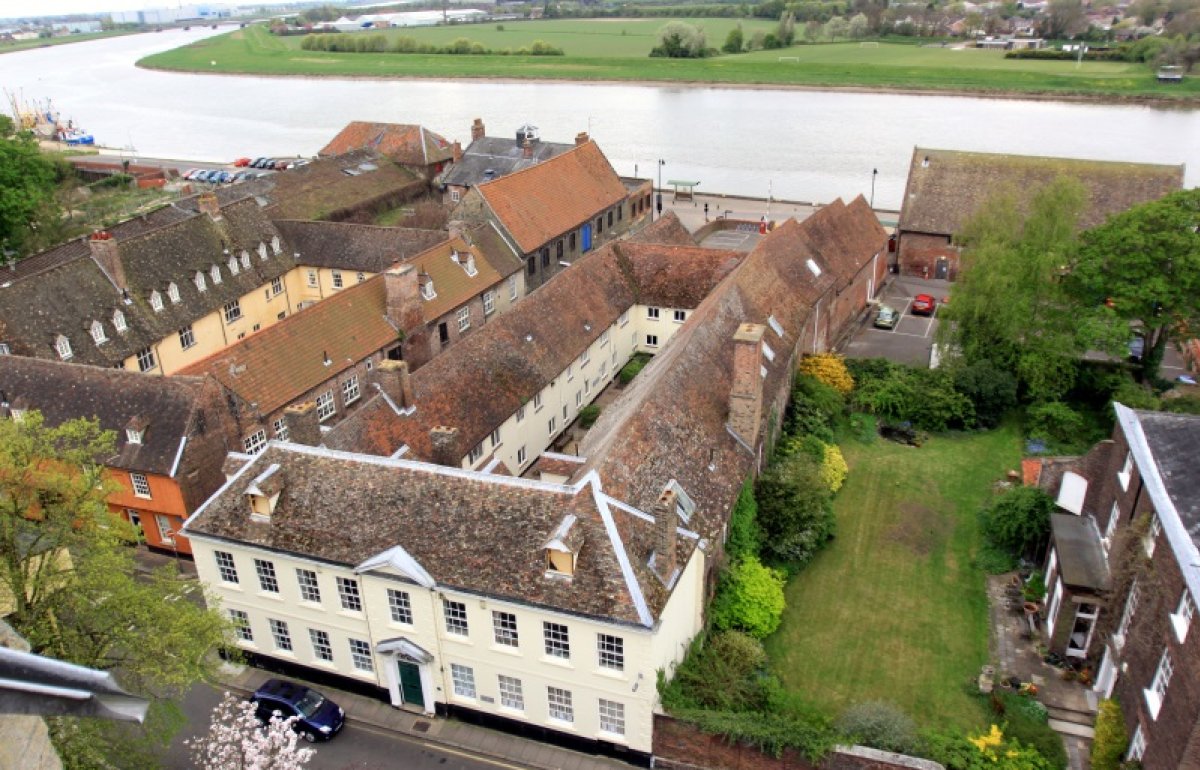Building in focus: The Quay Warehouses, Ramelton, Co Donegal
Share on:
In 1926, WB Yeats versed of sailing to the Holy City of Byzantium. In the early 19th century, merchants coming to the ‘Holy City’ of Ramelton (a moniker earned by the seven churches which once served the ‘Wee Toon’) would have first arrived at its quayside warehouses.
The quayside of Ramelton is a uniquely beautiful setting among Irish towns. The warehouses at the end of the gently curving quay give a strong identifiable character that has become a favourite for artists and photographers worldwide.
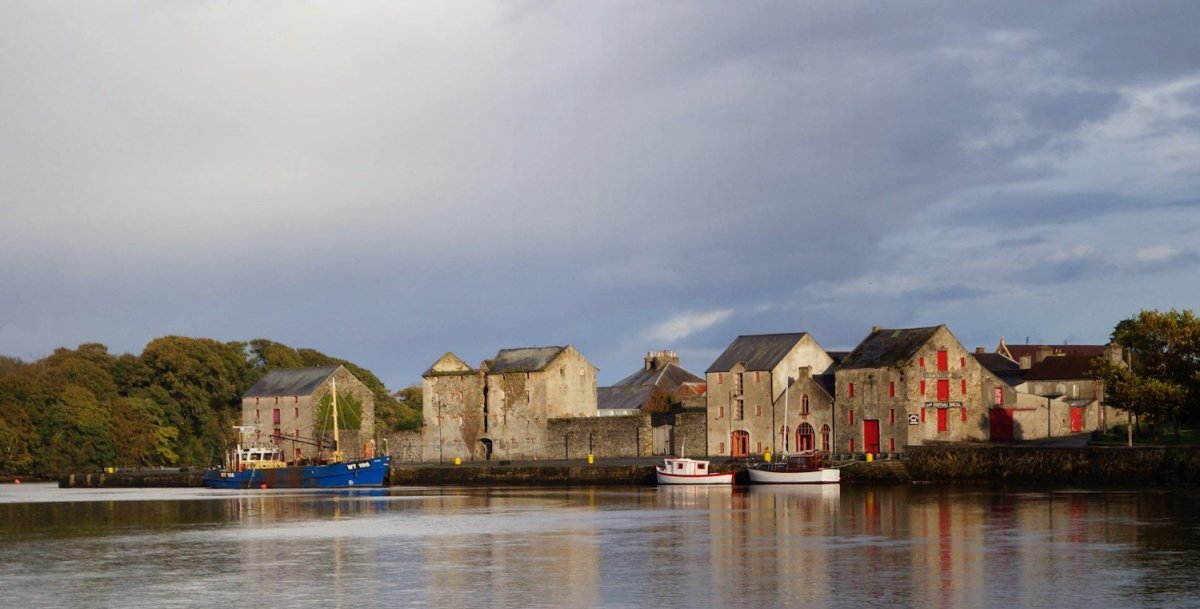
Credit: Visit Donegal
The quay was originally the site of a castle built c.1440 by the the O’Donnell Clan and was the residence of the Tánaiste (a title of the Gaelic ruling class at the time) through many generations until failed rebellions led to confiscation as part of the Ulster Plantation.
By 1619, Sir William Stewart (the Scottish grantee under the plantation) had built a replacement castle, described in 1622 as being “three and a half storeys high with ‘’3 round flankers on top of the castle and a round turret or staircase, 42ft high, with a battlement and platform, an adjoining house, 1 ½ storeys high, slated and a guard house for soldiers and also adjoining a bawn of lime and stone, 80 ft square having 3 square flankers’’. A rebellion saw the new castle burned in 1642 and by the time of the first ordnance survey of 1833-5, all that remained were “walls at right angles measuring 24 feet by 12 feet”. The current warehouses on the site date from the mid 19th century, and it’s plausible that the rubble from the castle was used in their construction.
With the benefit of fast access to the Atlantic from inland via Lough Swilly, Ramelton became an important trade port. Linen was the main export from the local area and by the late 18th century the resulting prosperity led to further development of the town along the river Leannan and eventually to development of the quayside in the mid 1800s, largely to the form that we still see today.
Credit: Dedalus Ramelton Action Plan
The warehouses have largely become disused in modern times and a lack of routine maintenance has led to varying states of dilapidation. The most at risk is the centrally placed building in the trio of imposing silhouettes along the quay. It is a detached five-bay four-storey storehouse constructed of robust rubblework. There are surviving remnants of its lime roughcast which historic photographs show gleaming with white limewash.
Over time, the slate roof has succumbed to collapse, which has in turn led to decay and further collapse of the floors internally, as a result the masonry now starting to become victim to decay. A narrow plan and low storey heights within the building, together with corresponding fenestration to its facades make reuse of this building as a residential or commercial property challenging. It’s fortunate, in a way, that proposals for reuse in the early 2000s which would have altered the building beyond recognition never came to fruition.
Credit: Oliver Wilson
This warehouse, along with many other at-risk buildings in the town have been part of the subject of the Ramelton Action Plan, a study of heritage-led actions for renewal as part of the Town and Village Renewal Scheme carried out in 2020. The action plan, carried out by Dedalus Architecture on behalf of Donegal County Council and funded by Department of Rural & Community Development plots the first steps towards regeneration and the long term protection of the built heritage of the town, which is surely good news.
The buildings on the quayside have been included within the National Inventory of Architectural Heritage, but we still await their inclusion within the List of Protected Structures which will put in place legal obligation for their protection. Until then, the focal point of one of Ireland’s most beautiful town settings remains at risk.
By Oliver Wilson, SPAB Ireland.
Would you like to write for us about a favourite building? Email us press@spab.org.uk.
Sign up for our email newsletter
Get involved

